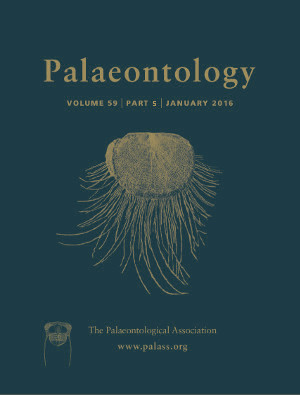Reg. Charity No. 1168330

Conodonts are a clade of chordates and are valuable indicator fossils for biostratigraphy. The segminiplanate (neogondolelliform) conodonts represent a major morphological group ranging from upper Carboniferous to Upper Triassic marine sediments. However, the morphological similarity of segminiplanate P1 elements generates problems for taxonomy, especially in the Permian and Triassic clades. This paper represents the first study of morphological variation in Triassic segminiplanate conodonts using a geometric morphometric approach. The laminar microstructures observed in conodont cross‐sections indicate that, within our analysed specimens, smaller conodonts with fewer laminae are generally from an earlier ontogenetic stage while larger conodonts with more laminae are from a later stage of ontogeny. Using linear regressions between relative warp scores from both upper and lateral views and conodont length, we demonstrate strongly allometric growth patterns for the species Paragondolella bifurcata Budurov & Stefanov. Our results indicate that the species‐group taxon Pg. praeszaboi bystrickyi (Kovacs et al.) is an early growth stage of Pg. bifurcata and thus synonymous. We suggest that the allometry of conodonts should be considered seriously, especially when there are numerous transitional morphologies between large‐ and small‐sized conodonts. Reconstructing the ontogenetic series and using larger‐sized conodonts within the numerous transitional morphologies in the population of a rock sample for the definition of new species are suggested for future studies.